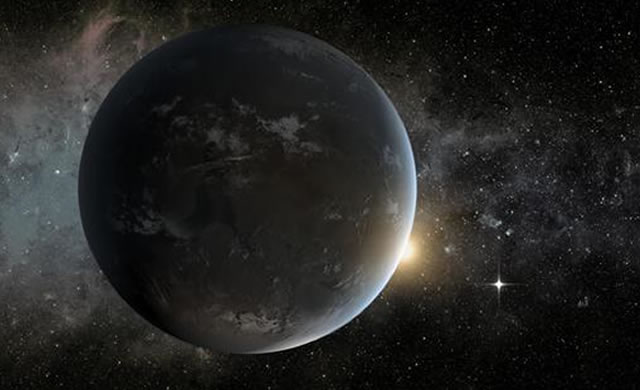
Credit: NASA/Ames/JPL-Caltech
Il nostro sistema solare ospita una varietà di mondi, dal fuoco dell’inferno di Venere alle pianure ghiacciate di Marte, ai potenti venti di Urano. In tale intervallo, la Terra si trova da sola, con nessun altro pianeta che si avvicina alla sua posizione ideale per la vita vicino al sole. Fuori dal nostro sistema solare, tuttavia, la storia è diversa.
Le osservazioni che utilizzano l’uso di telescopi spaziali e terrestri hanno indicato che una nuova classe di oggetti soprannominati mondi “Super-Terre”, che hanno circa da due a 10 volte la massa del nostro pianeta e fino a due volte il suo raggio, potrebbe essere tra il tipo più comune di pianeti in orbita intorno ad altre stelle. Questo perché nel corso degli ultimi anni gli astronomi hanno scoperto un quantità di questi corpi rocciosi dalle super dimensioni in orbita attorno a diversi tipi di stelle.
Our solar system hosts a cornucopia of worlds, from the hellfire of Venus to the frozen plains of Mars to the mighty winds of Uranus. In that range, the Earth stands alone, with no planet coming close to its life-friendly position near the Sun. Outside our solar system, however, it’s a different story.
Observations using space-based and ground-based telescopes have indicated that a new class of objects dubbed super-Earths – worlds that are about two to 10 times our planet’s mass and up to two times its radius – could be among the most common type of planets orbiting other stars. That’s because during the past few years, astronomers have found plenty of these super-sized rocky bodies orbiting different types of stars.
Source/Continue reading → SPACE.com





















